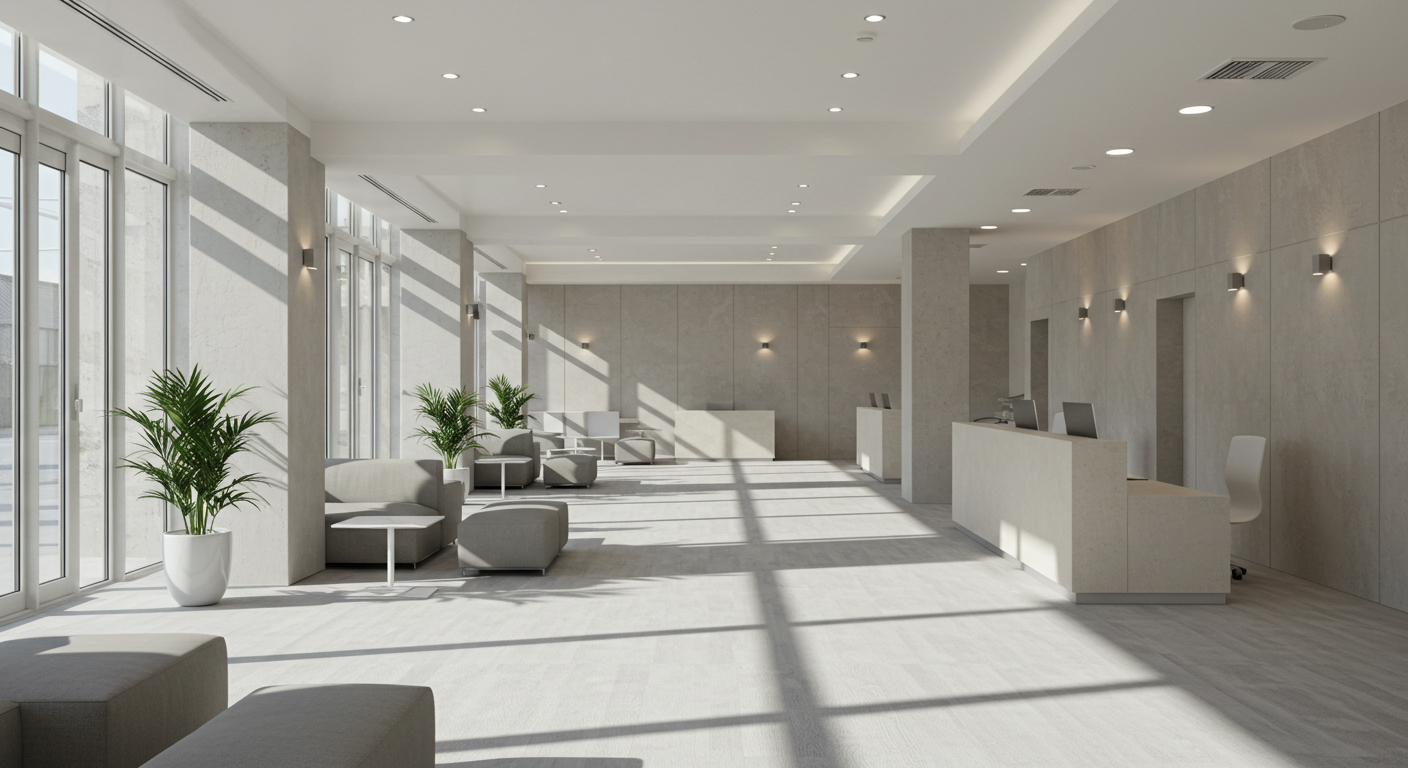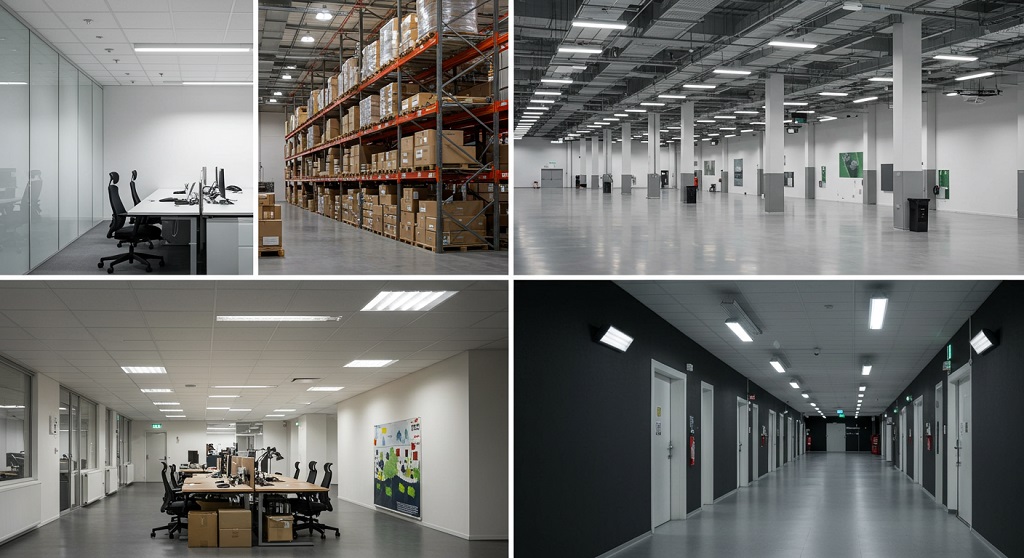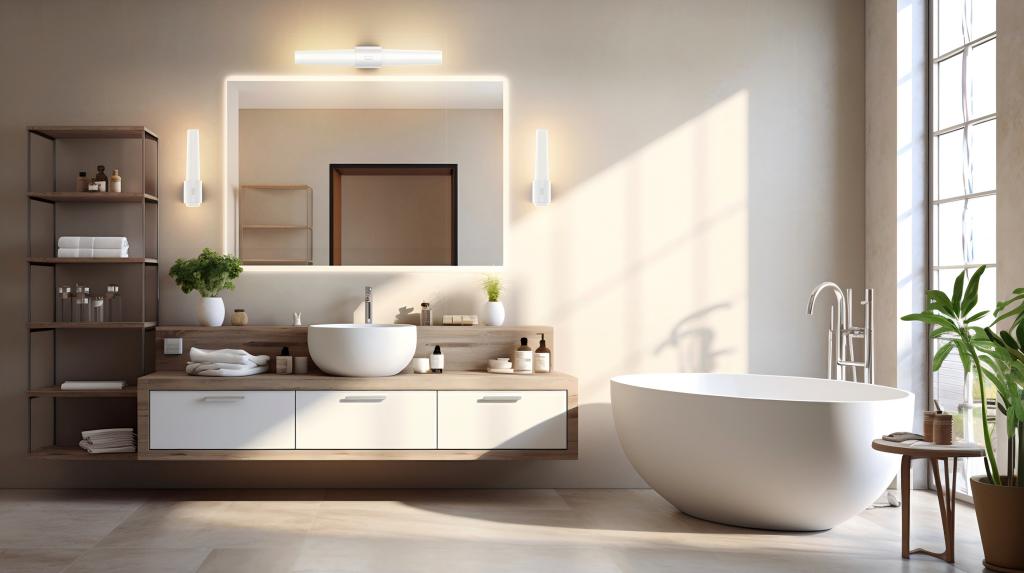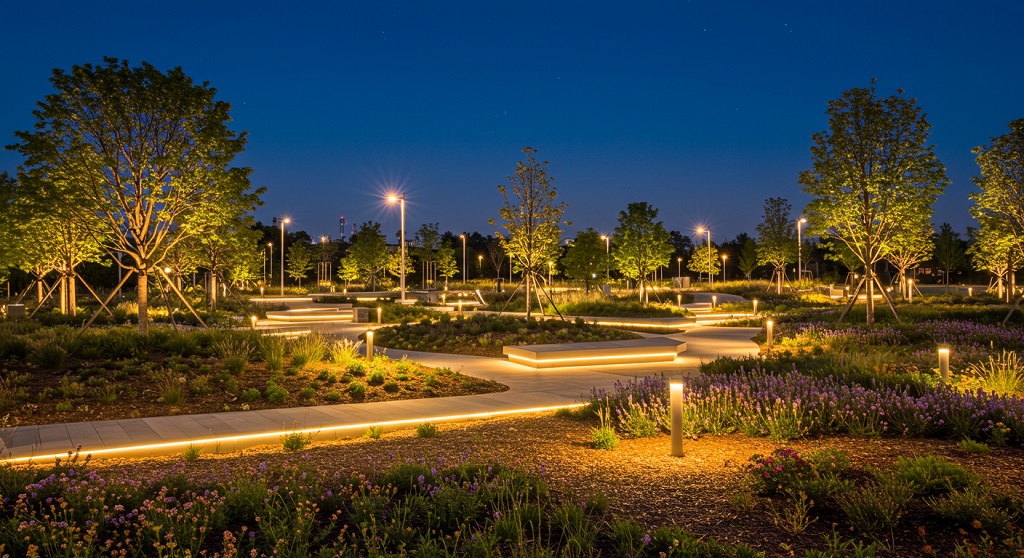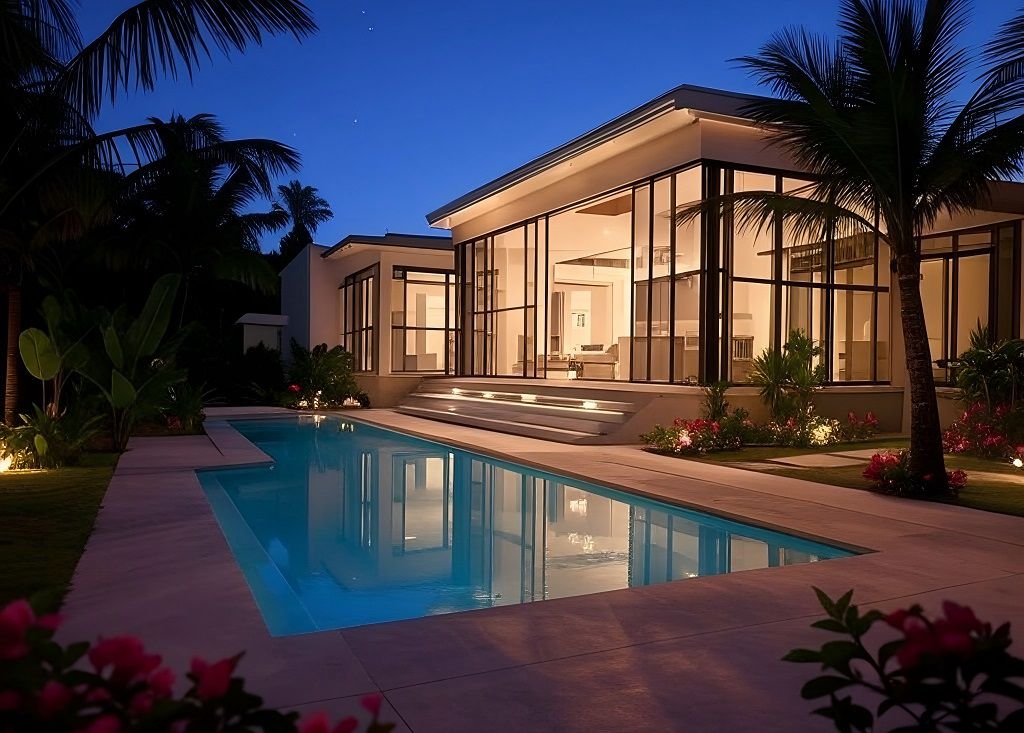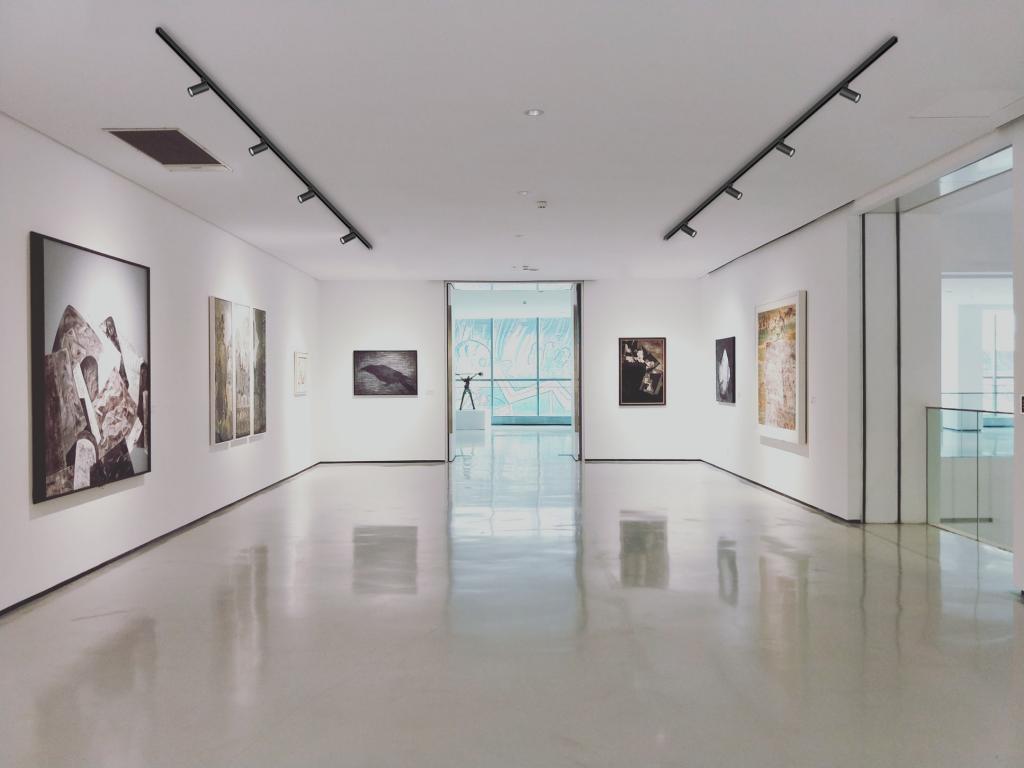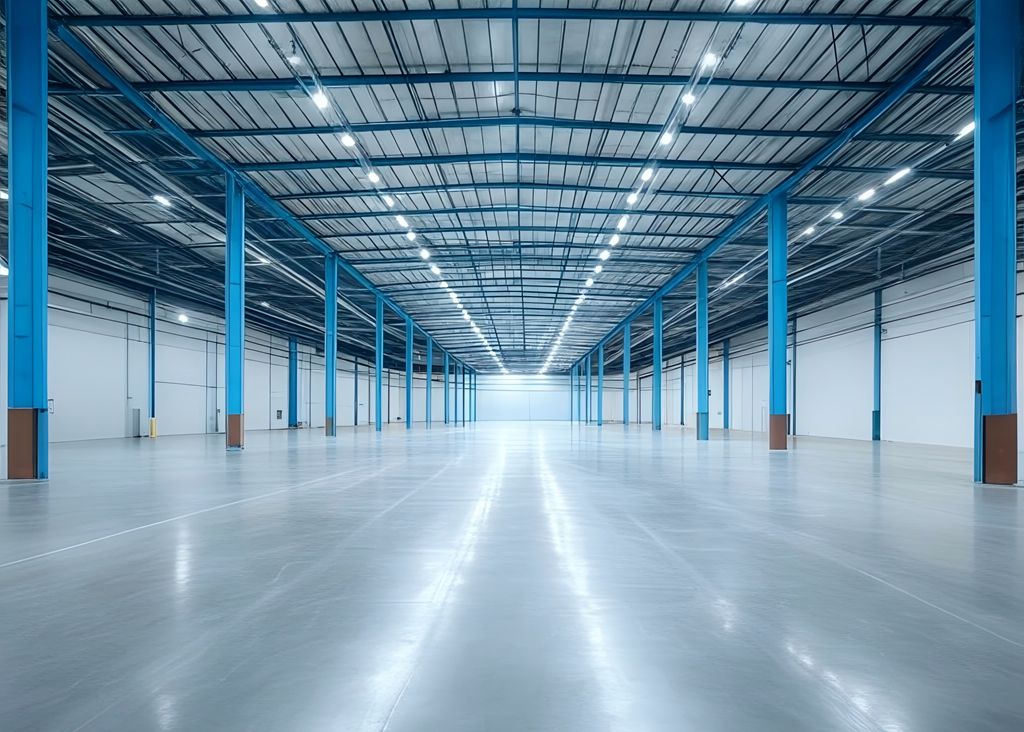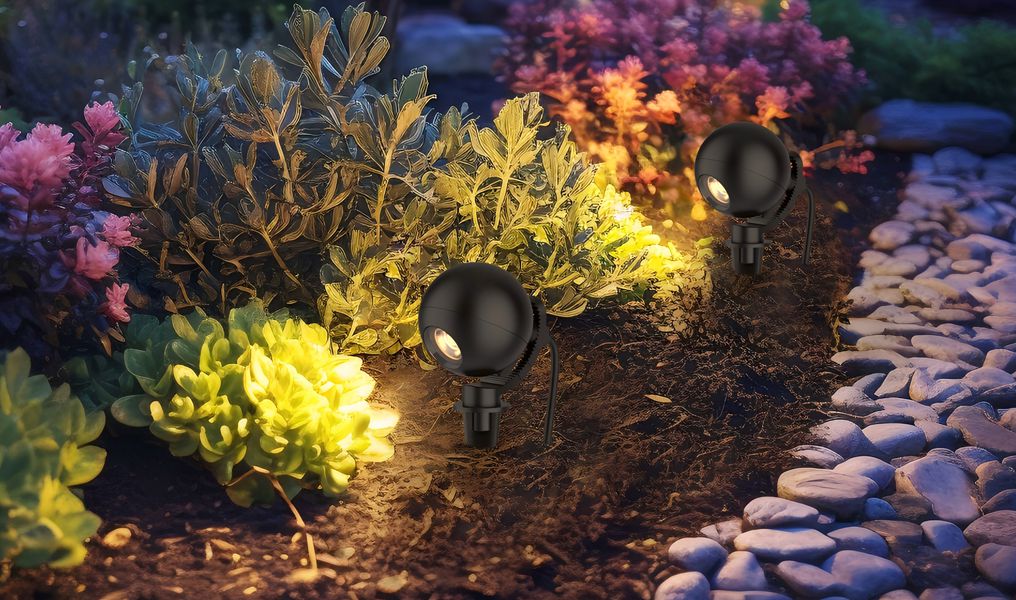As a core place for knowledge dissemination and cultural exchange, the importance of lighting in libraries is self-evident. It not only affects readers' reading experience and eye health, but also has a profound impact on the overall atmosphere of the library and energy consumption.
With the continuous advancement of science and technology, LED technology has demonstrated many innovative applications in library lighting with its unique advantages, bringing a new change to the library environment.
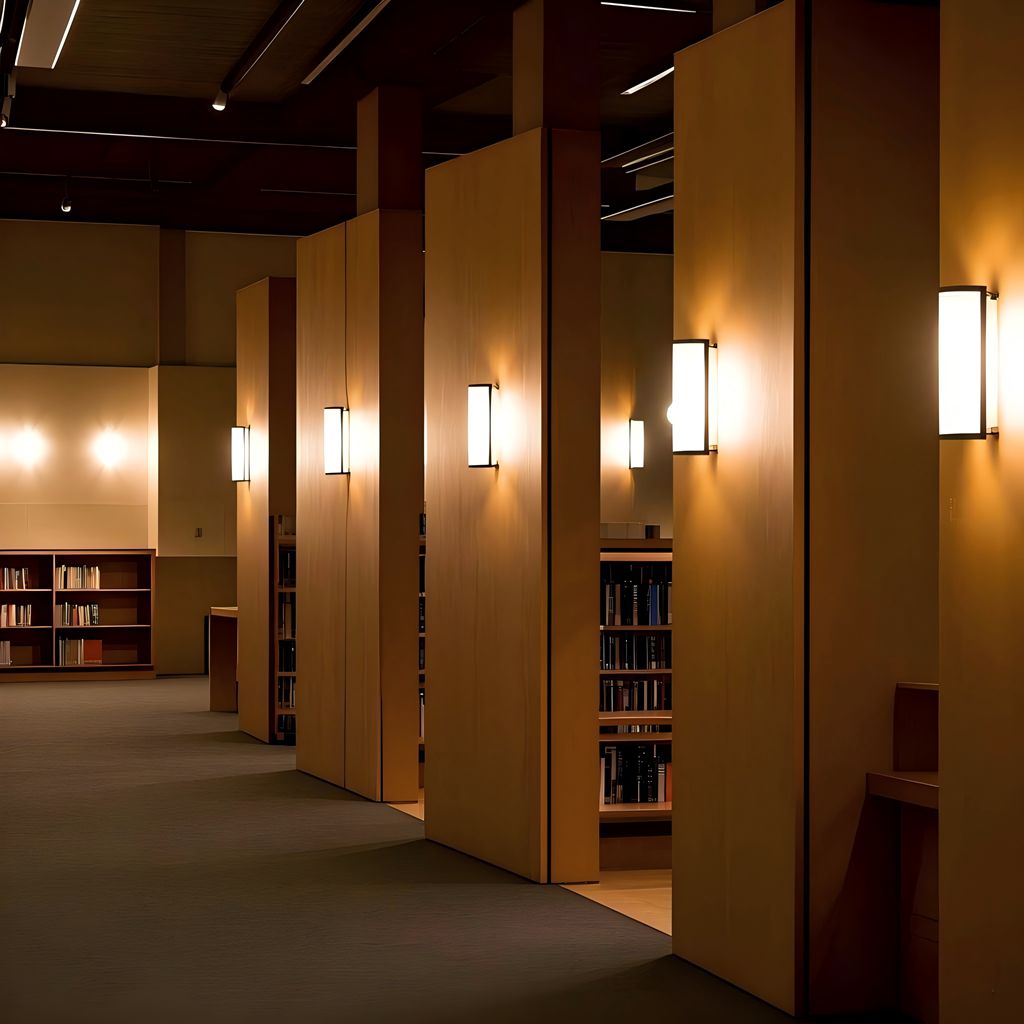
- What is Library Lighting?
- Disadvantages of Conventional Library Lighting and Advantages of LED
- LED Innovation Breakthrough in Libraries
- Intelligent Lighting System
- Human-Centric Lighting(HCL)
- Accent Lighting and Protection Design
- Energy Saving and Sustainability
- Creative Design Aesthetics
- Actual Examples of LED Technology in Libraries
What is Library Lighting?
Library lighting refers to the lighting system and related design that provides a suitable light environment for libraries to meet the various needs of readers and staff for reading, learning and working.
It is not just about simply illuminating the space, but also requires comprehensive consideration of many factors to achieve good visual effects and a comfortable environment.
Disadvantages of Conventional Library Lighting and Advantages of LED
Conventional Lighting Problems:
- High Energy Consumption: Old fluorescent or halogen lamps consume a lot of electricity and are expensive to use in the long term.
- Poor Light Quality: Flickering and single color temperature lead to visual fatigue and affect readers' concentration.
- Difficult Maintenance: Lamps have a short lifespan, are frequently replaced and affect space use.
- Lack of Flexibility: It is impossible to dynamically adjust the light according to different areas (reading area, bookshelf area, leisure area, etc.).
Corresponding Advantages of LED Technology:
- Ultra-high Energy Efficiency: 50%-70% energy saving compared to traditional lamps, in line with global green building standards (such as LEED, BREEAM).
- Precise Light Control: No flicker, color rendering index (CRI>90) close to natural light, protect eyesight.
- Long Service Life: Average lifespan of more than 50,000 hours, reducing maintenance costs.
- Intelligent System: Supports color temperature (2700K-6500K) and brightness infinite adjustment, adapting to different scene requirements.
LED Innovation Breakthrough in Libraries
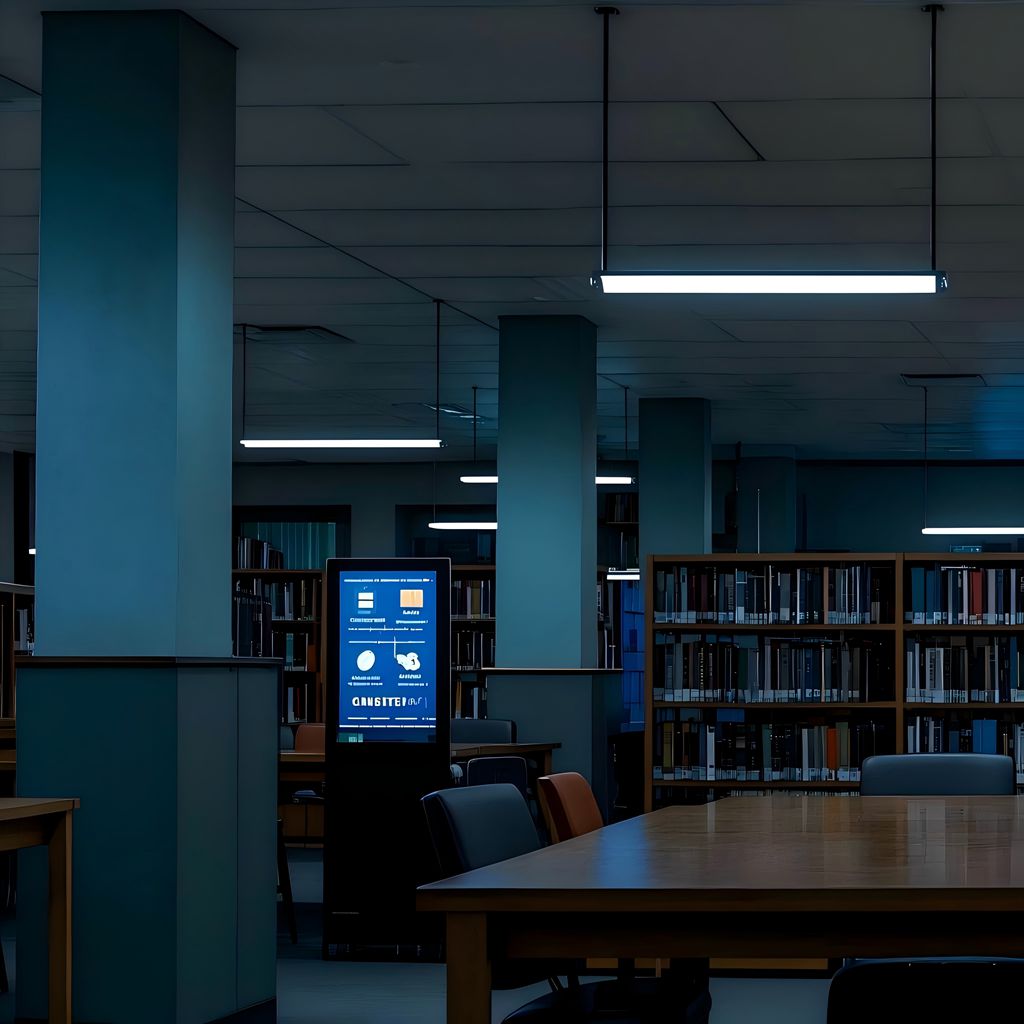
Intelligent Lighting System
Modern libraries are increasingly introducing intelligent LED lighting systems. Through automatic sensing and dynamic adjustment, LED not only saves energy but also improves reader satisfaction.
| Automatic Dimming | LED can automatically adjust the brightness according to the intensity of natural light. This saves energy and ensures light consistency. |
| Area Control | The light environment can be customized for different areas by using intelligent control systems. For example, the reading area uses high-brightness cold light, while the rest area uses low-brightness warm light. |
| Traffic Sensing | LED sensor lights can automatically turn on or off according to the flow of people, reducing energy waste. |
Human-Centric Lighting(HCL)
Human-centric lighting is a lighting concept that focuses on people. It affects people's emotions, biorhythms and concentration by adjusting lights. LED can be flexibly adjusted in color temperature and brightness, which is suitable for this concept.
| Improve Learning Efficiency | During the daytime, use high color temperature cold light LED to increase the light intensity in the reading area. This enhances the learning concentration of readers. |
| Create a Relaxing Atmosphere | In the evening, switch to low color warm light mode to provide users with a more comfortable light environment. |
Accent Lighting and Protection Design
The exhibition area of the library needs to highlight the exhibits through accent lighting, and LED lamps have the following unique advantages:
| No Ultraviolet and Infrared Radiation | Traditional lamps will generate ultraviolet and infrared rays, which may cause damage to books, cultural relics, etc., while LED completely avoids this problem. |
| IPrecise Focusing | LED projection lamps can achieve precise beam control, focusing light on exhibits and enhancing visual effects. |
| High Color Reproduction | The high color rendering index (CRI) of LED makes the exhibits more real and vivid. |
Energy Saving and Sustainability
Libraries usually need to be open for a long time, so they have high requirements for lighting energy consumption. LED lamps are outstanding in energy saving:
| High Efficiency and Energy Saving | The energy efficiency of LED lamps is more than 80% higher than that of traditional incandescent lamps, which greatly reduces the operating costs of libraries. |
| Long Service Life | The service life of LED is more than 50,000 hours, reducing the replacement frequency and maintenance costs. |
| Environmentally Friendly Materials | LEDs do not contain harmful substances such as mercury, which is more environmentally friendly and can support sustainable development goals. |
Creative Design Aesthetics
LED is not only versatile, but also can enhance the visual appeal of the library through creative design:
| Linear Light Strips | Installing linear LED light strips on bookshelves is not only beautiful, but also makes it easier for readers to find the target books. |
| Dynamic Lighting Effects | LEDs can present a variety of dynamic lighting effects to add atmosphere to library activities or special festivals. |
| Architectural Integration | LED lamps have a variety of shapes and can be seamlessly integrated with the library's architectural style. This enhances the overall aesthetic of the space. |
Actual Examples of LED Technology in Libraries
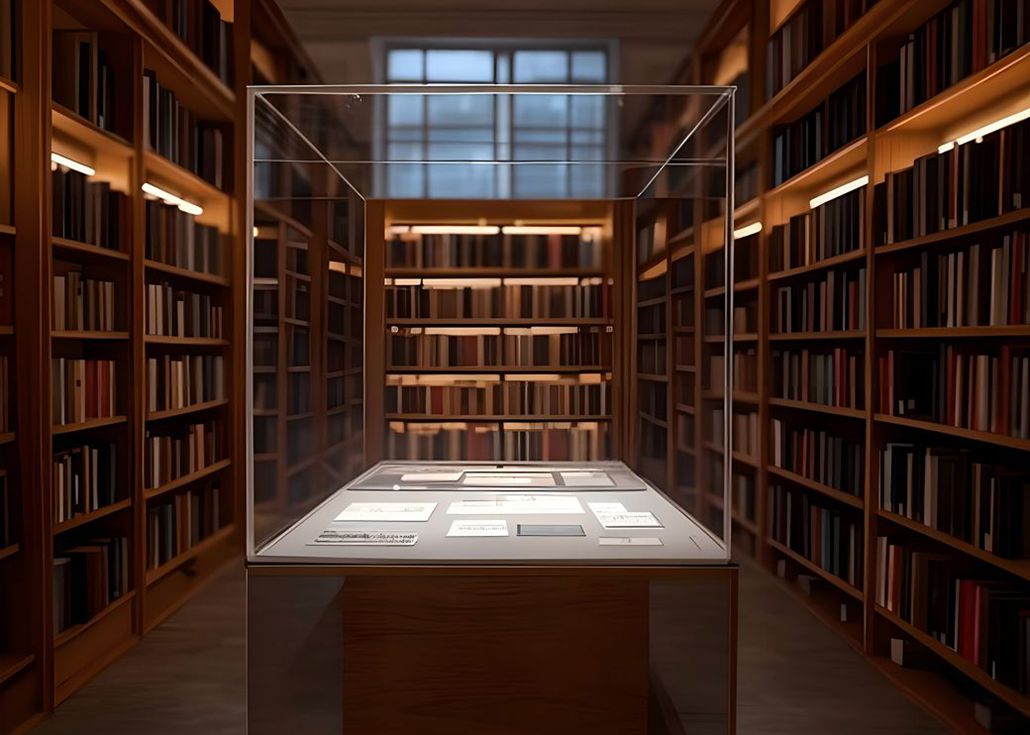
The following are classic examples of LED technology applications in libraries of various countries:
National Library of Singapore
The National Library of Singapore uses an intelligent LED lighting system. This combines natural light with artificial light to achieve high energy efficiency and a comfortable light environment. This design also helped it obtain green building certification.
Oodi, Helsinki Central Library, Finland
Oodi Library uses LED lamps to create a futuristic reading space. The linear light strips and open structure are perfectly combined to become a model of architecture and lighting art.
New York Public Library, USA
The exhibition area of the New York Public Library uses high color rendering LED spotlights to protect precious documents while enhancing the display effect.

